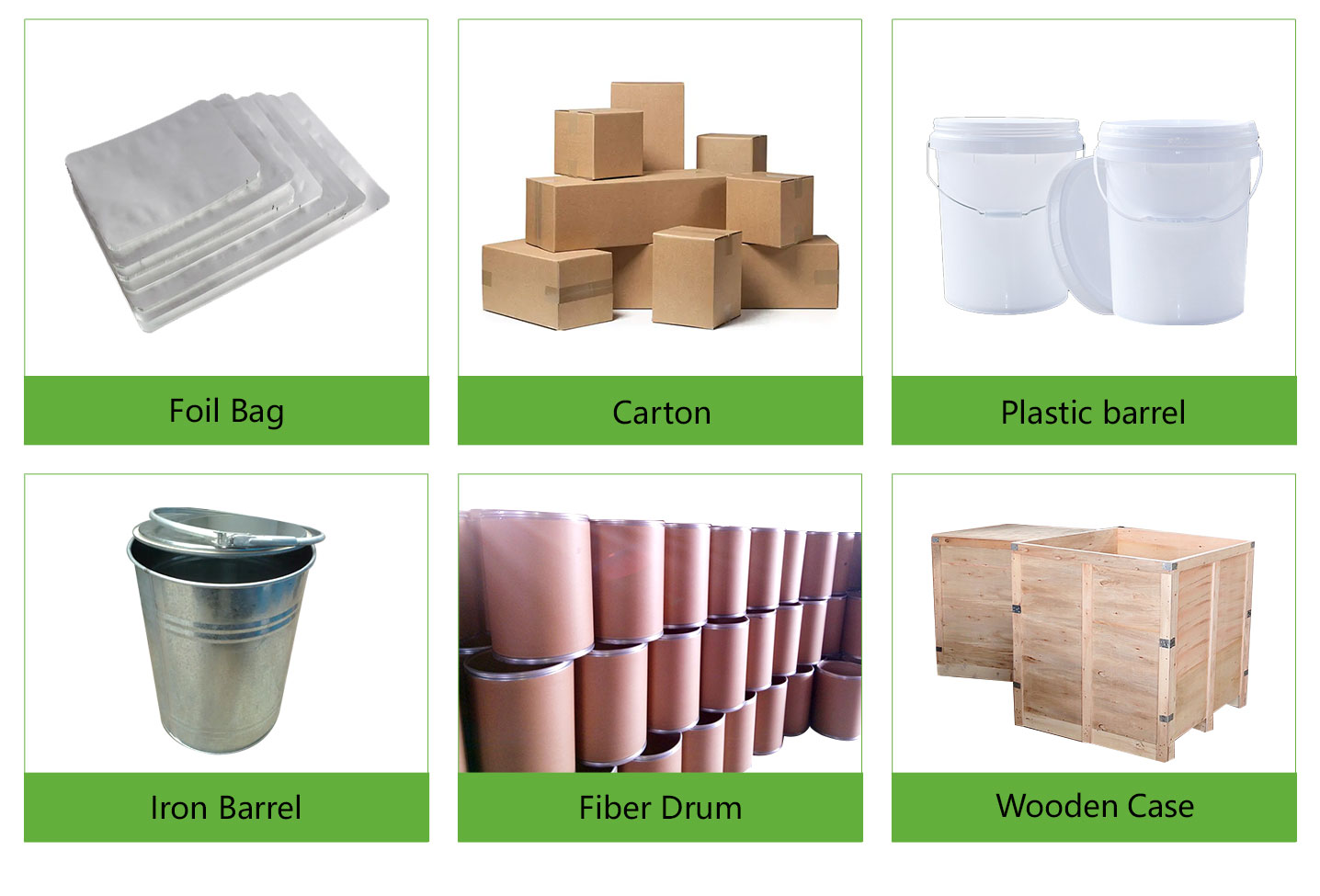Nano Silicon Anode Material Si Powder CAS 7440-21-3
About Nano Silicon Anode Material Si Powder:
Silicon is the most promising electrode material for the next generation of lithium-ion batteries, with a specific capacity (3600 mAh/g) about 10 times higher than graphite (372 mAh/g). However, its use is severely limited due to the significant expansion of the material in the loaded (lithified) state (over 300%) and the instability of the solid electrolyte interface layer (SEI). The poor mechanical stability and chemical passivation properties of the silicon electrode make the cyclability of the silicon electrode far from meeting the requirements of the battery system and have inspired a large number of studies and proposals to circumvent these limitations.
During lithium insertion, the volume of silicon changes so much (~400%) that the silicon breaks and falls off the collector, resulting in a prototype lithium-silicon battery losing most of its capacity in less than 10 charge-discharge cycles. The key to the success of high-capacity lithium-ion batteries is to solve the problem of the capacity and stability of lithium-ion silicon.
Silicon anode materials show great potential for improving the efficiency and energy storage capacity of lithium-ion batteries. Until recently, their main drawback was surface oxidation passivation, a process that increases impedance and reduces the circularity of the anode. Our high purity silicon anode materials achieve high specific capacity without significantly affecting cycle life. Biomedicalmaterialsprogram is a trusted global Nano Silicon Anode Material Si Powder supplier. Feel free to send an inquiry about the latest price of Silicon Anode Material at any time.
If you want to know silicon powder price, please send inquiry to sales1@rboschco.com
Performance of Nano Silicon Anode Material Si Powder :
Nano silicon anode material (CAS 7440-21-3) has the characteristics of high capacity, high first effect, long cycle, low expansion, excellent processing performance and rate performance, and it matches well with the existing graphite anode system.
Technical Parameter of Nano Silicon Anode Material Si Powder :
| Product Name | MF | SSA | Particle Size | First Discharge Capacity | First Charge Capacity | First Discharge Efficiency |
| Nano Silicon Powder | Si | 11.36m2/g | 900nm | 2348.9 mAH/g | 2003.6 mAH/g | 85.3% |
How is Nano Silicon Anode Material Si Powder Produced?
A method for forming a silicon powder anode material for a rechargeable battery includes a metal matrix providing not more than 30% silicon, including a silicon structure dispersed therein. The metallic matrix is etched at least partially to at least partially isolate the silicon structure.
Particles containing a metallic silicon alloy comprising a metallic matrix and a silicon metal powder structure dispersed in the metallic matrix comprising not more than 30wt % of silicon, and
By removing the metal from the metal-silicon alloy, the metal matrix of the metal-silicon alloy is etched at least partially to form a porous silicon particle comprising a plurality of interconnected structural elements.
Applications of Nano Silicon Anode Material Si Powder:
Silicon powder is one of the most promising of the next generation of lithium-ion battery anode materials. Nano-silicon anode materials are used in cylindrical, flexible and aluminum-shell batteries. Our silicon anode powder can be dispersed in the battery solvent while preventing caking. They are designed to paste seamlessly with other battery materials and produce a uniform, stable coating. As such, they are suitable for a range of applications, including lithium-ion batteries, photovoltaics, semiconductors and electronics.
Storage Condition of Nano Silicon Anode Material Si Powder :
The damp reunion will affect nano Si powder dispersion performance and using effects, therefore, nano Si should be sealed in vacuum packing and stored in a cool and dry room, the nano Si powder can not be exposure to air. In addition, the Si powder should be avoided under stress.
Packing & Shipping of Nano Silicon Anode Material Si Powder :
We have many different kinds of packing which depend on the nano silicon anode Si powder quantity.
Nano silicon anode Si powder packing: 1kg/bag or 5kg/bag, 25kg/barrel, or as your request.
Nano silicon anode Si powder shipping: could be shipped out by sea, by air, by express as soon as possible once payment receipt.

Silicon Si powder Properties | |
| Other Names | Silicon Si powder, Si, Si powder, nano silicon powder |
| CAS No. | 7440-21-3 |
| Compound Formula | Si |
| Molecular Weight | 28.08 g/mol |
| Appearance | brown, or silvery |
| Melting Point | 1414°C |
| Boiling Point | 2900°C |
| Density | 2330kg/cm3 |
| Purity | >99.95% |
| Electrical Resistivity | 3-4 microhm-cm @ 0 °C |
| Poisson's Ratio | 0.064 - 0.28 |
| Specific Heat | 0.168 Cal/g/K @ 25 °C |
| Thermal Conductivity | 1.49 W/cm/K @ 298.2 K |
| Thermal Expansion | (25 °C) 2.6 µm·m-1·K-1 |
| Young's Modulus | 51-80 GPa |
| Exact Mass | N/A |
| Monoisotopic Mass | N/A |
Silicon Si powder Health & Safety Information | |
| Safety Warning | Warning |
| Hazard Statements | H315-H319-H335 |
| Hazard Codes | H228 |
| Risk Codes | 11 |
| Safety Statements | 16-33-36 |
| RTECS Number | VW0400000 |
| Transport Information | UN 1346 4.1/PG 3 |
| WGK Germany | 2 |
Inquiry us